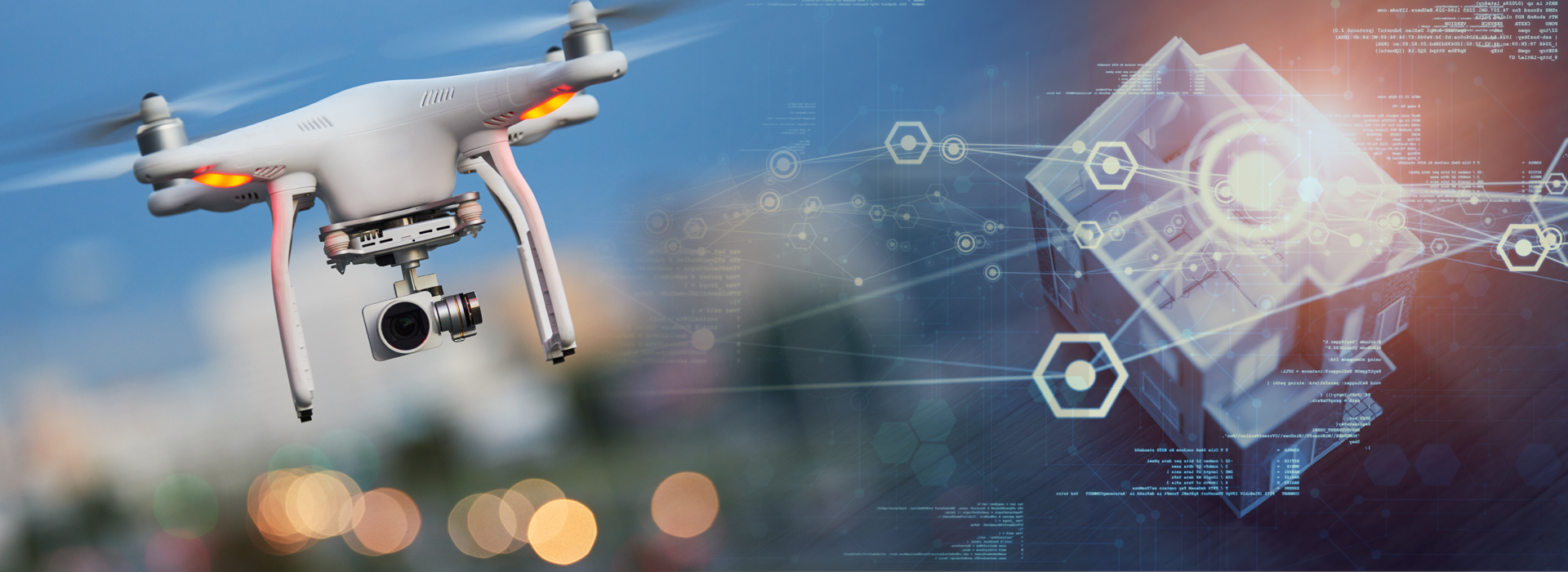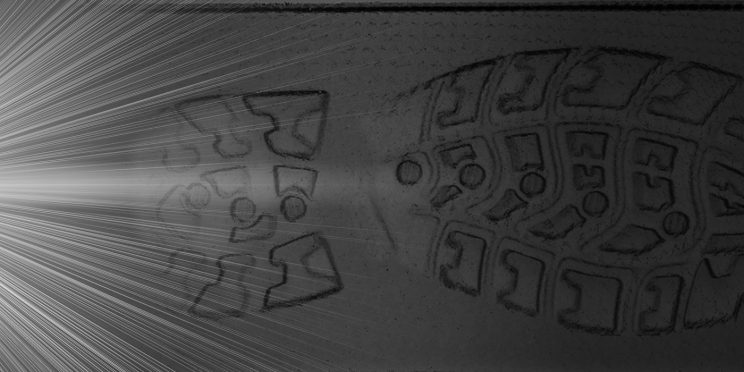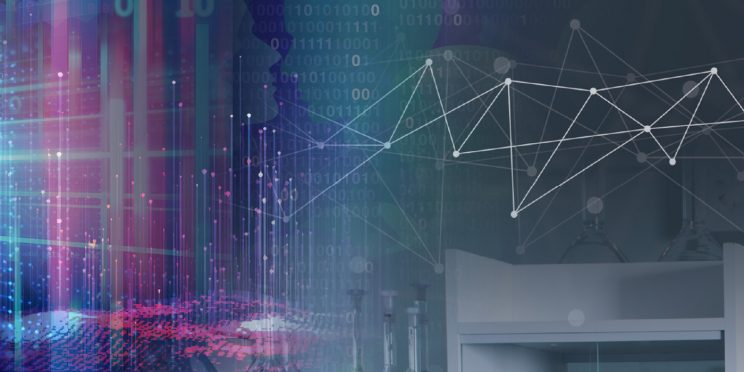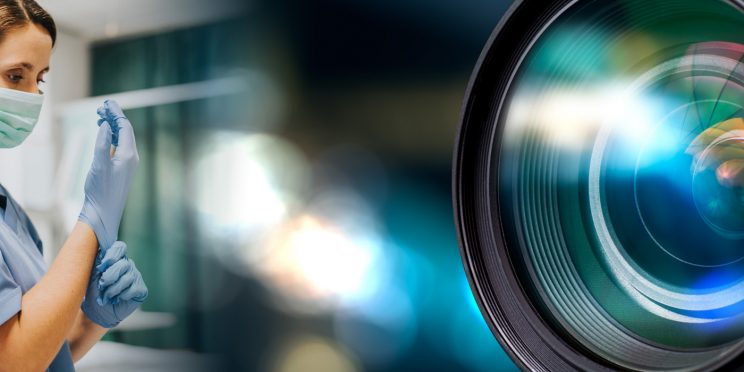This webinar originally occurred on October 14, 2021
Duration: 1 hour
Overview
Traditionally, crime scene processing has involved manual measurements to construct diagrammatic representations of crime scenes. This is labor and time-intensive and does not necessarily yield a complete representation of any scene. Over the past few years, LiDAR-based scanners have seen increasing popularity in aiding investigators to make more complete digital, scaled, and three-dimensional representations of crime scenes. While these systems offer a tremendous improvement over manual mapping, more recent advances in low-cost computing power and capture platforms, as well as AI/ML-augmented processing tools are now available. These tools offer the same or better ability to render crime scenes into highly accurate three-dimensional representations for a fraction of the cost and time. The webinar will focus on photogrammetry-based mapping tools to produce three-dimensional point clouds and meshes from drone-based and other image capture systems.
Detailed Learning Objectives
- Attendees will become familiar with the fundamental concepts of multi-ray photogrammetry and some of the processing tools available.
- Attendees will understand the potential image capture platforms, such as drones and 360° cameras, used to collect data for scene mapping.
- Attendees will learn the potential deliverable models and user interfaces for end user investigators to be able to use scene models.
Presenter
- Peter Stout, Ph.D. | CEO and President of the Houston Forensic Science Center
Funding for this Forensic Technology Center of Excellence webinar has been provided by the National Institute of Justice, Office of Justice Programs, U.S. Department of Justice.
The opinions, findings, and conclusions or recommendations expressed in this webinar are those of the presenter(s) and do not necessarily reflect those of the U.S. Department of Justice.
Contact us at ForensicCOE@rti.org with any questions and subscribe to our newsletter for notifications.




